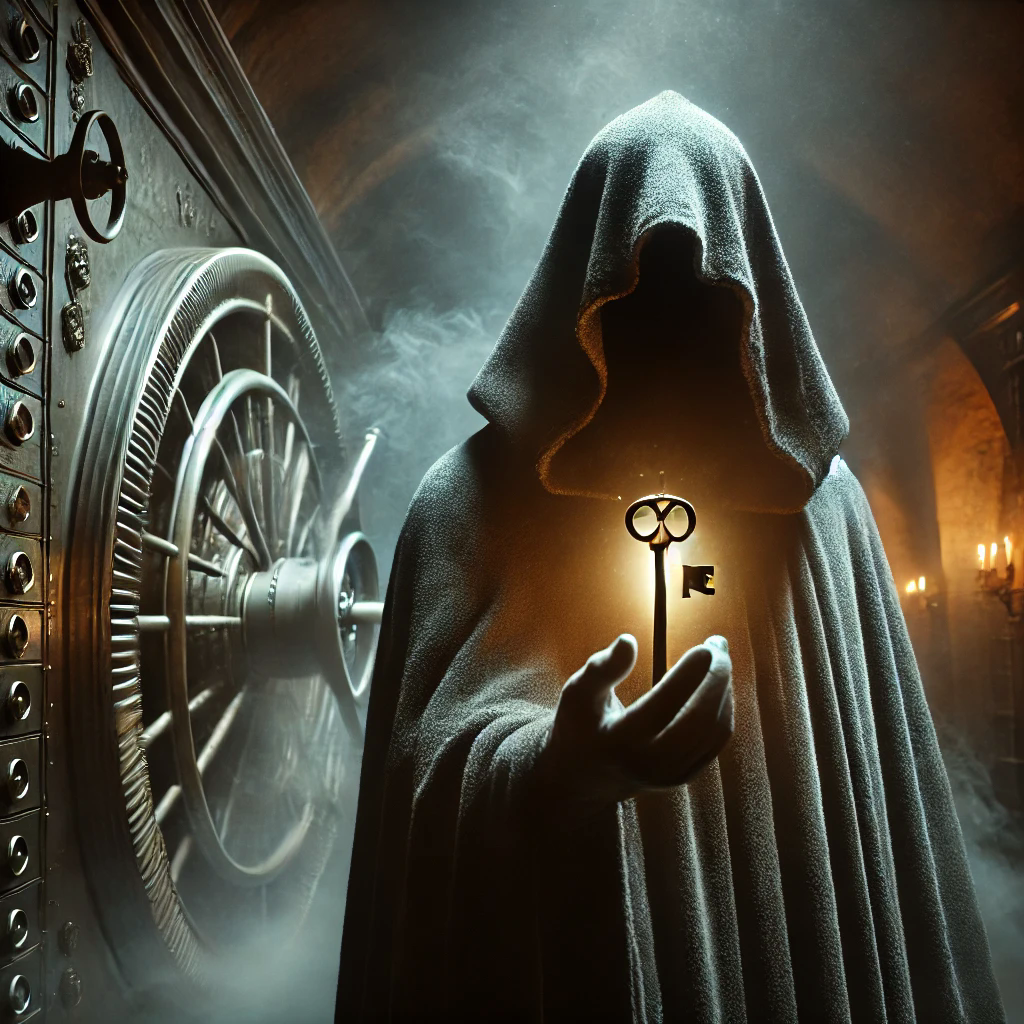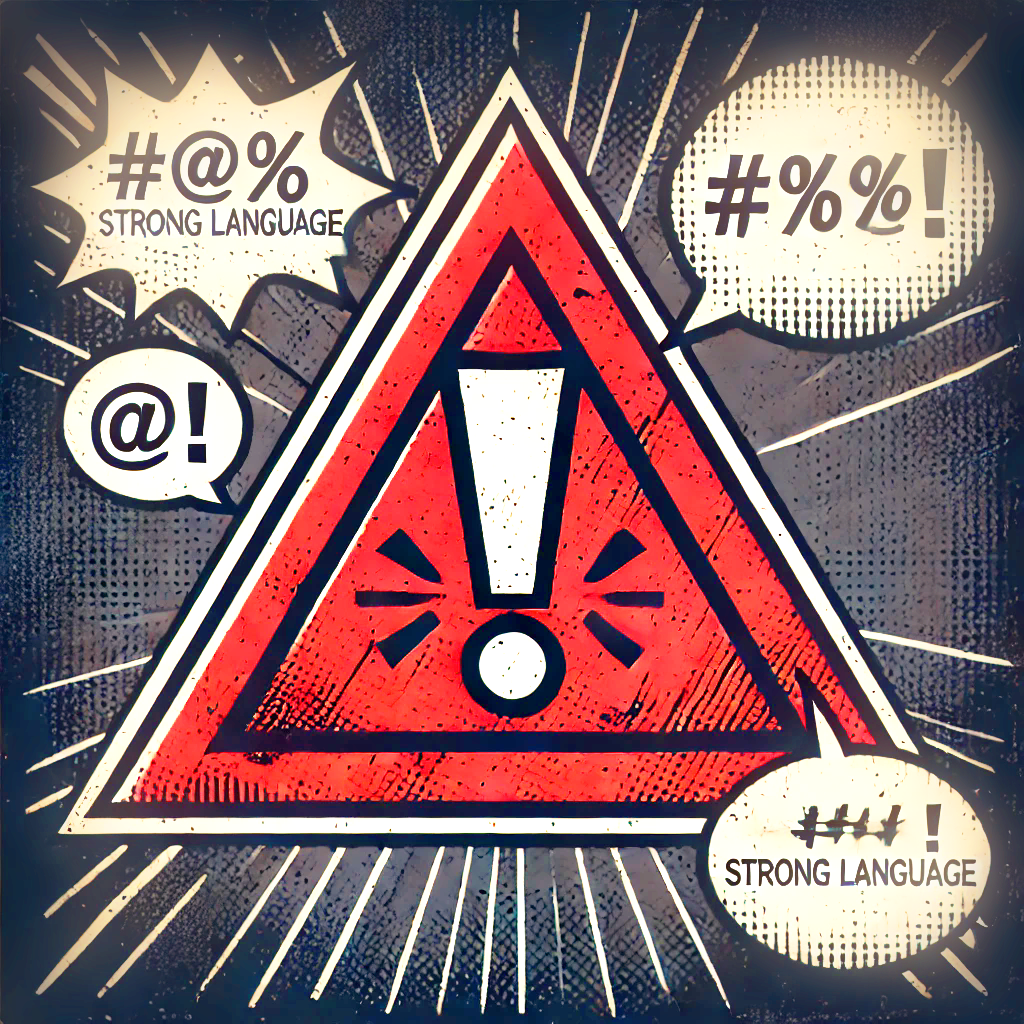Cryptids—mysterious creatures like Bigfoot, the Loch Ness Monster, and Mothman—have been part of human storytelling for centuries. These legends have persisted through oral traditions, written folklore, and now the digital age. But in today’s world of skepticism, scientific rigor, and increasing reliance on technology, are these creatures facing extinction—not in the wild, but in our minds?
The Rise of Modern Skepticism
We live in a time where information is more accessible than ever. With a few taps on a smartphone, anyone can debunk a myth, expose a hoax, or explain away the paranormal. Popular media and content creators such as the YouTube channels SciShow and Debunked have played a major role in shaping a culture that values critical thinking and evidence over speculation. These platforms cater to an audience that demands hard proof for extraordinary claims, providing scientific explanations for phenomena once considered mysterious or otherworldly.
But what does that mean for cryptids? These creatures have often thrived in the gray areas of human understanding, where science meets mystery. Now, with the constant call for proof, the stories of these elusive beings are increasingly scrutinized—and often dismissed. What once lived in the shadows of rumor and speculation now faces the glaring light of scientific skepticism.
Interestingly, however, the human fascination with the unknown hasn’t faded. We are still drawn to the mysterious and the unexplained. Cryptids may not hold the same sway as they did in eras of less access to information, but they continue to spark curiosity, particularly in the context of how they can evade such overwhelming modern scrutiny.
Cryptids in the Age of Technology
One might assume that in a world full of high-resolution cameras, drones, and advanced tracking systems, cryptids would be easier to find than ever before. However, despite the technological advancements of the 21st century, the existence of creatures like Bigfoot or the Chupacabra remains unconfirmed. In fact, some would argue that technology has played a role in diminishing the cryptid narrative. Every blurry photo is now immediately questioned. Videos are dissected frame by frame, exposing even the slightest hint of fabrication.
And yet, technology has also opened the door to new interpretations of cryptids. Amateur researchers, armed with everything from night-vision cameras to thermal imaging drones, venture into the wilderness in search of evidence. The internet allows these individuals to instantly share their findings with a global audience, sparking debates and fueling the flame of curiosity. Social media platforms have also become fertile ground for spreading tales of cryptid sightings, keeping the legend alive even in an era dominated by scientific skepticism.
Interestingly, new technologies such as AI have sparked renewed interest in cryptid hunting. AI analysis of historical and geographical data has been used to attempt pattern recognition, mapping out potential cryptid “hotspots.” While the results are often inconclusive, they add a layer of intrigue, blending cutting-edge science with the allure of folklore.
The Psychology Behind Cryptid Belief
While technology and science are powerful tools in shaping our understanding of the world, they cannot entirely eradicate the psychological elements that lead people to believe in cryptids. Our minds are wired to seek patterns and make sense of the unknown. In areas like the Pacific Northwest, where the dense forests seem endless and full of mystery, it’s easy to imagine creatures lurking just out of sight. This tendency toward magical thinking is hard to shake, even in a modern, rational world.
For many, cryptids are not just about belief—they represent something larger. Cryptids stand at the intersection of humanity’s desire for wonder and the fear of the unknown. They offer a narrative that exists beyond the sterile, cold analysis of modern science. In a world where most things can be explained, cryptids give us the thrill of not knowing, a challenge to the boundaries of human understanding.
This is why, despite overwhelming skepticism, cryptid enthusiasts remain undeterred. Cryptids serve a psychological function: they keep alive the notion that the world is not entirely understood, that there are still mysteries waiting to be uncovered.
The Cultural Impact of Cryptids
While science may be quick to dismiss the existence of cryptids, culture tells a different story. Cryptids are more than just creatures of the forest or lake—they represent the unknown, the unexplored, and the mysterious aspects of our world. They are symbols of humankind’s need to believe in something beyond the boundaries of our everyday existence.
Cryptids have also become pop culture icons. From TV shows like Finding Bigfoot to movies like The Mothman Prophecies, these creatures are continuously reinvented for new generations. Merchandise, conventions, and online communities keep the legends alive, suggesting that even if science moves on, the cultural significance of cryptids is here to stay.
Furthermore, cryptids are being reimagined and reinterpreted in a modern context. Popular media often portray them as misunderstood or endangered beings rather than threats to humanity. This shift speaks to how our cultural relationship with the unknown has evolved. The cryptids of today aren’t just creatures to be feared—they are metaphors for the unexplained phenomena of life itself.
A New Kind of Survival
So, will cryptids survive modern skepticism? The answer might not be as simple as yes or no. While they may no longer hold the same sway over the masses as they once did, cryptids are evolving. They no longer need to exist in the wild to remain alive in our collective consciousness. Instead, they thrive as cultural icons, stories we tell to spark wonder, curiosity, and maybe even a little fear.
In this way, cryptids may not only survive—they may transcend the boundaries of belief altogether, becoming eternal fixtures in human mythology. Skepticism may change how we view them, but the psychological, cultural, and symbolic roles they play ensure that cryptids remain part of our modern world, even if they’re more myth than reality.

The Vault Keeper
The Vault Keeper—now there’s a mystery wrapped in a riddle, locked in a vault. Some say they’ve been around longer than most of the things they write about, quietly amassing knowledge that would make your skin crawl. Hidden behind a cloak of secrecy, they guard their vault of forgotten lore like it’s the last line between reality and madness. You won’t find friendly introductions or idle chit-chat—The Vault Keeper deals in the unexplained, always with a healthy dose of skepticism. Their work lives in the “Behind the Black Door” section, where curiosity and fear walk hand in hand. Just remember, some doors are better left closed.



Leave a Reply